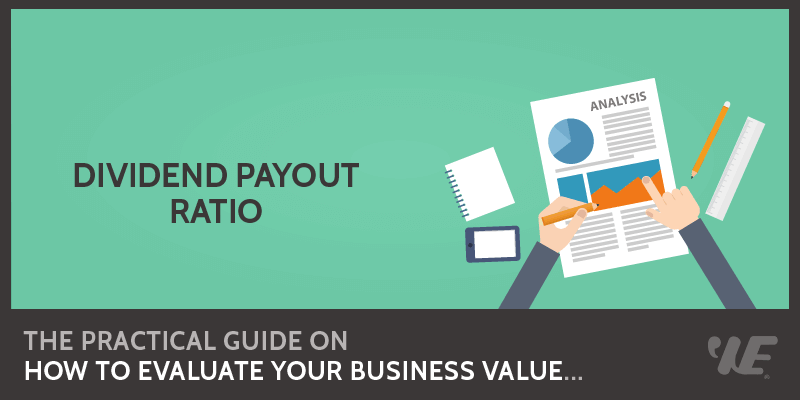
The dividend payout ratio tells you what percentage of a company’s earnings pay out as a dividend. The retention ratio tells you the percentage of that company’s profits being retained or reinvested in the company. The account management software and account management tools is a fast tool that indicates how likely it is for a company to keep paying the current dividend level. In this article, we will cover what the dividend payout ratio is, how to calculate it, what is a good dividend payout ratio, and, as usual, we will cover an example of a real company. Moreover, the annual imposition of a new Cap on future gains may make it difficult to recoup any losses from the prior Outcome Periods such that, over multiple Outcome Periods, the Fund may have losses that exceed those of the Underlying ETF.
Would you prefer to work with a financial professional remotely or in-person?
However, generally speaking, the dividend payout ratio has the following uses. Sometimes, companies will also simplify things and list the per-share inputs needed on their income statements or key financial highlights. In short, there is far too much variability in the payout ratio based on the industry-specific considerations and lifecycle factors for there to be a so-called “ideal” DPR. Historically, companies in the telecommunication sector have been viewed as a “safe haven” for investors pursuing a reliable, dividend-based stream of income. Then, considering the payout ratio is equal to the dividends distributed divided by the net income, we get 25% as the payout ratio.
Earn More With Dividend Stocks Than With Annuities for Your Retirement
A copy of 11 Financial’s current written disclosure statement discussing 11 Financial’s business operations, services, and fees is available at the SEC’s investment adviser public information website – or from 11 Financial upon written request. These are known as accrued revenues, and this can sometimes occur in the case of a very long-term client project where a projected percentage of the final revenues are included as income in each reporting period. Therefore, you should be cautious when investing in companies with a payout ratio of over 60%. By doing so, investors can potentially enjoy both capital appreciation and a steady income stream. This may imply that the company is mature and steady, and wants to reward its shareholders with a consistent income stream. On the other hand, some investors may want to see a company with a lower ratio, indicating the company is growing and reinvesting in its business.

A. A brief overview of dividends
- Generally, a payout ratio of 50% or less is considered safe and sustainable, as it leaves enough earnings for the company to reinvest in growth and weather any economic downturns.
- Many mature companies generate large amounts of free cash in addition to their planned capital expenditures.
- By doing so, investors can potentially enjoy both capital appreciation and a steady income stream.
- A higher DPR indicates a company’s better potential to bring higher and consistent returns for its investors.
© 2024 Market data provided is at least 10-minutes delayed and hosted by Barchart Solutions. Information is provided ‘as-is’ and solely for informational purposes, not for trading purposes or advice, and is delayed. To see all exchange delays and terms of use please see Barchart’s disclaimer. Enter your email address below and we’ll send you MarketBeat’s guide to investing in 5G and which 5G stocks show the most promise. You will also receive our free daily email newsletter with the latest buy and sell recommendations from Wall Street’s top analysts.
Not paying one can be an extremely negative signal about where the company is headed. Investors react badly to companies paying lower-than-expected dividends, which is why share prices fall when dividends are cut. The dividend payout ratio can give investors one clue about a company’s dividend sustainability.
Dividend Yield Analysis
In addition to using this ratio as a tool to evaluate the potential value of a business, investors can also use it in conjunction with different financial ratios to gain a better understanding of the company they’re considering investing in. When evaluating a business, one of the key metrics to consider is the dividend payout ratio. A company that pays out too much in dividends may face some financial difficulties as it may not have enough capital to expand its core business. When a business pays out 60% or less of its net income to investors, it means it will have 40% or more of its earnings left over to fund its own growth and expansion. Assume that this company has reported a dividend per share of $1.00 and an earnings per share (EPS) of $2.00.
Dividend yield provides an investor with the percentage return on their investment from dividends alone. Dividend yield is another critical metric to consider when choosing dividend stocks. Nevertheless, if you’re searching for a reliable income source, investing in dividend-paying stocks might be your best option. Companies in defensive industries such as utilities, pipelines, and telecommunications tend to boast stable earnings and cash flows that can support high payouts over the long haul. Income-driven investors have been advised to look for a ratio in the neighborhood of 60%, however. For this reason, investors focused on growth stocks may prefer a lower payout ratio.
If the result is too high, it can indicate an emphasis on short-term boosts to share prices at the expense of reinvestment and long-term growth. The payout ratio shows the proportion of earnings that a company pays its shareholders in the form of dividends expressed as a percentage of the company’s total earnings. The calculation is derived by dividing the total dividends being paid out by the net income generated. The company can accumulate more capital to channel profits into internal investments, debt reduction or future growth opportunities. The dividend payout ratio is the total amount of dividends that a company pays to shareholders relative to its net income. Put simply, this ratio is the percentage of earnings paid to shareholders via dividends.


